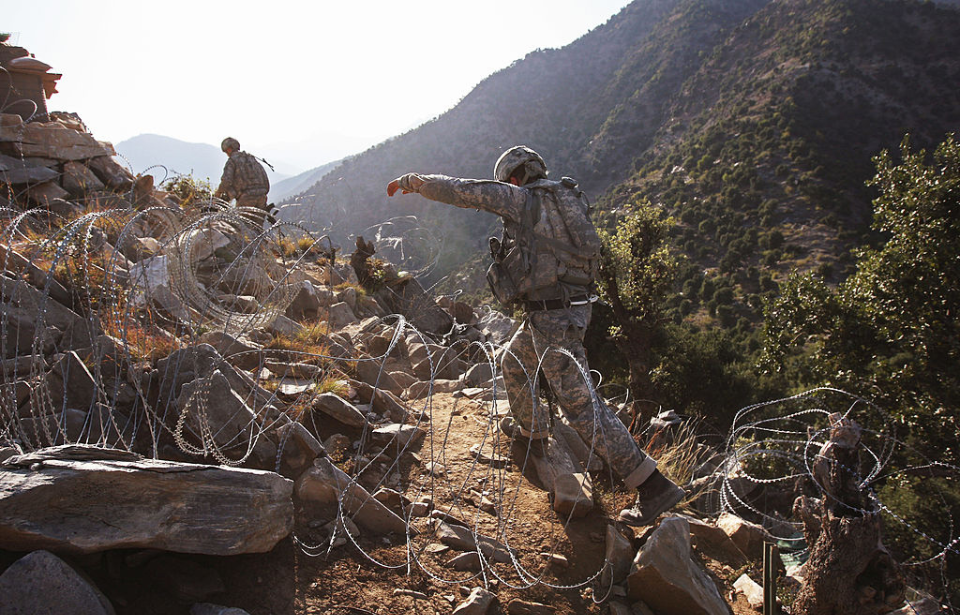Between the mountain ranges bordering Pakistan and Afghanistan lies the infamous Korengal Valley. The area saw some of the deadliest engagements to occur during the War on Terror, including Operation Red Wings and Operation Rock Avalanche. In the span of just over five years, 54 American soldiers lost their lives in the “Valley of Death,” with four Medals of Honor awarded for engagements that occurred there.
Fighting in the Valley of Death
According to a Vanity Fair story by Sebastian Junger, who bravely enmeshed himself in the 2nd Platoon, Battle Company, 2nd Battalion, 503rd Infantry Regiment (Airborne) during the fighting in the Korengal Valley, the region is considered the most dangerous part of northeastern Afghanistan.
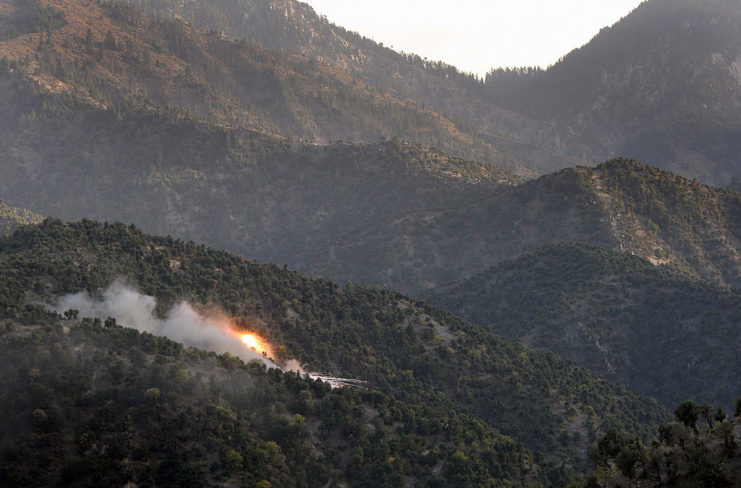
Junger wrote in his piece, “Nearly one-fifth of all combat in Afghanistan occurs in this valley, and nearly three-quarters of all the bombs dropped by NATO forces in Afghanistan are dropped in the surrounding area […] There is literally no safe place in Korengal Valley. Men have been shot while asleep in their barracks tents.”
Around the time the War on Terror reached the Korengal Valley, tensions were the highest they’d been since the September 11 attacks.
Environmental challenges in the Korengal Valley
A mix of steep hillsides, thick forests and open spaces made traversing the landscape of the Korengal Valley a nightmare. American troops established combat outposts along the open patches of land, so they could see enemies approaching, but it also meant soldiers faced a daunting trail back through what was essentially a turkey shoot for insurgents hiding in the brush.
The mountains above these outposts allowed for insurgents to attack from above with explosives and rockets. At one point, the amount of bombs dropped in the Korengal Valley outnumbered the total used throughout Afghanistan, and US soldiers engaged in daily firefights, only to gain a couple feet of ground.
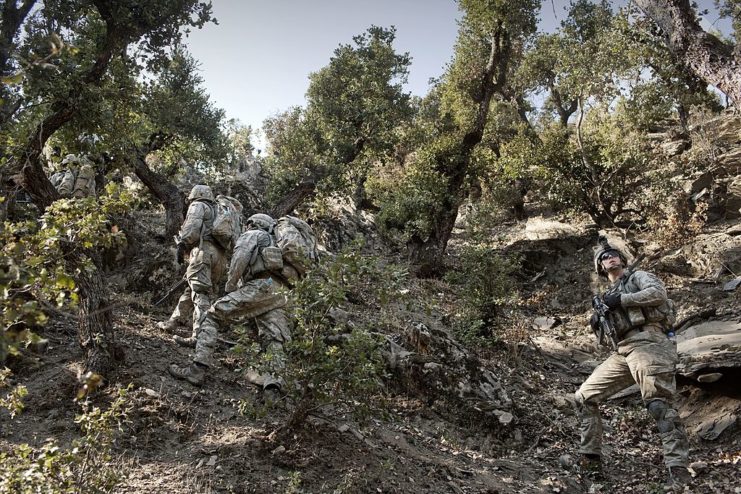
The infamous Restrepo Combat Outpost was built under similar conditions. American soldiers would climb the mountains at night and dig ditches by hand before dawn broke, as the hillsides were too steep to transport heavy machinery. By the time the sun rose, they were left with small, meager trenches to lay in before the enemy opened fire. The same cycle continued each night for weeks and months on end.
Restrepo was eventually completed, but was abandoned in 2010. According to The New York Times, “Closing Korengal Outpost in Kunar Province, a powerful symbol of some of the Afghan war’s most ferocious fights, and a potential harbinger of America’s retreat, is a tacit admission that putting the base there in the first place was a costly mistake.”
Cultural disconnect
Unlike other locations throughout Afghanistan, US soldiers struggled to build trusting relationships with locals living in the dozen or so villages in the Korengal Valley. When building the Restrepo Combat Outpost, troops told village elders they wanted to construct a road to improve security.
The company commander tried to explain the benefits of the road to the villagers, but the Afghani people were suspicious of the Americans’ motives, believing they were over-exaggerating their promises.
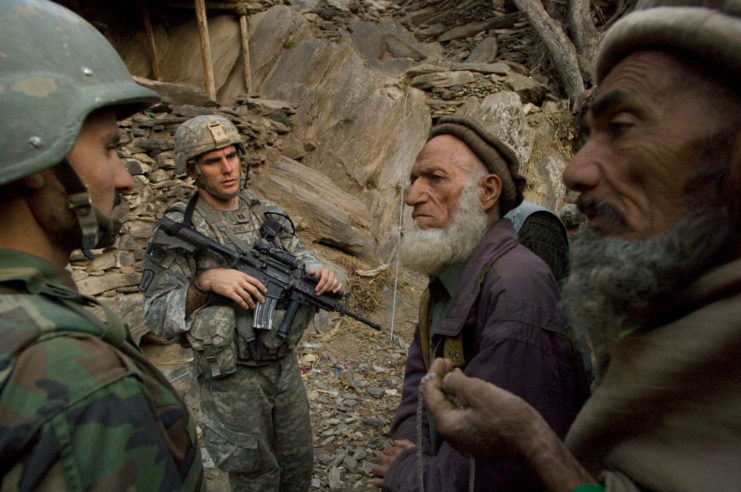
Cultural tensions came to a head when a cow strayed from a village and got caught in concertina wire, causing things to escalate. The mishap could have been avoided if the US forces had a better understanding of regional cultures and traditions, which varied from those in Afghanistan’s urban centers.
Ultimately, locals saw the Americans as invaders, raising tensions and slowing progress made against the enemy. Any meetings that occurred between local elders and US troops were often hostile and confrontational.
The Pakistani border threat
Korengal Valley is located along the border of Pakistan and Afghanistan. Covered in thick forests and steep mountain ranges, this area had a history of smuggling during the Soviet occupation of Afghanistan. It’s also a popular recruiting area for insurgents.
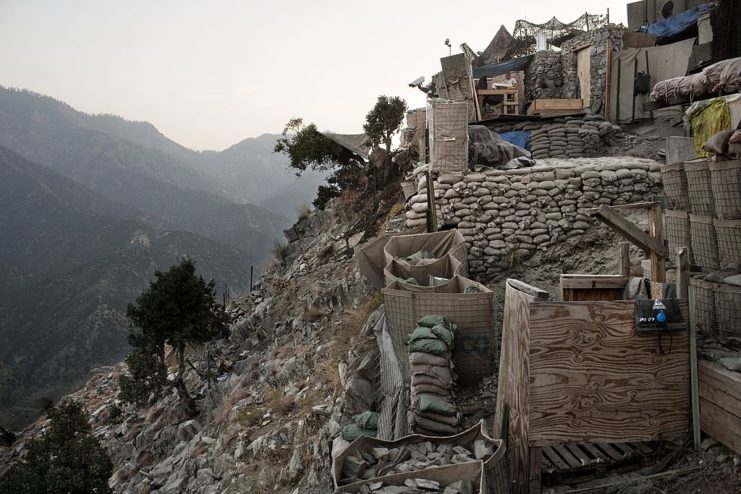
The dense and impenetrable brush that shrouds the Pakistan-Afghanistan border became an ideal hiding spot for enemy fighters to maintain secrecy, especially since the Afghani government gave up monitoring the area because of its difficult conditions.
Leaving the Korengal Valley
After years of unsuccessful fighting and unprecedented casualties, the US military closed the Korengal Outpost on April 14, 2010, at the behest of Gen. Stanley McChrystal, who’d served as the commander of the Joint Special Operations Command (JSOC) from 2003-08.
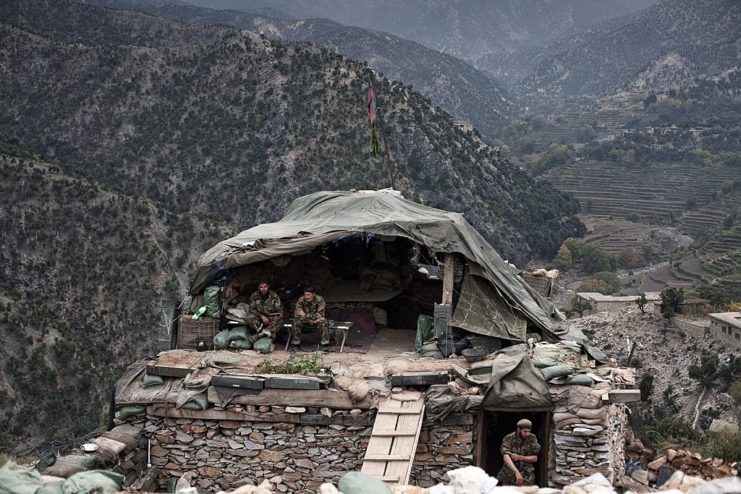
More from us: Downing of Extortion 17: The Single Deadliest Incident of the US War in Afghanistan
Once the American forces were gone, insurgents seized control of the region almost immediately, with videos showing fighters gathered among the remains of the abandoned outpost. Fighting continues to occur in the area, with CIA-trained Afghan commandos taking on the militants who remain there.
